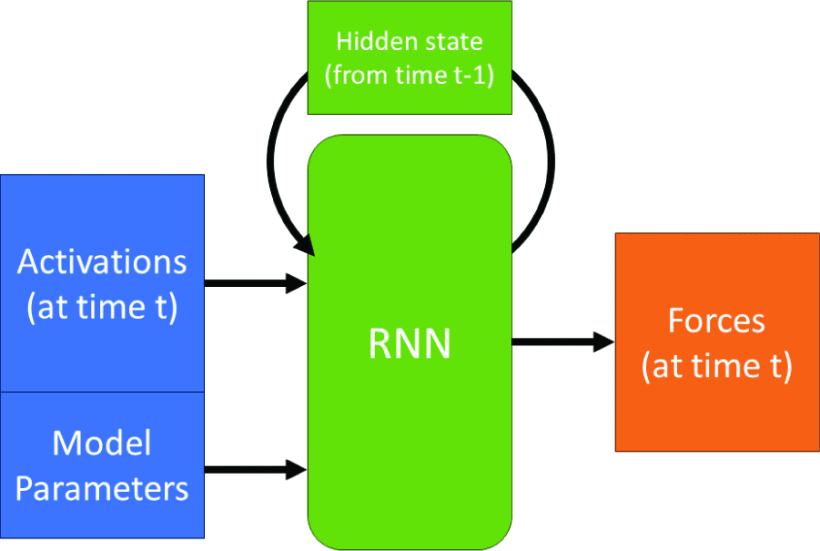
The Hidden Framework Behind Your Favorite Tech: Why Linear Time-Invariant Systems Still Rule the World
There’s a secret lurking beneath your noise-canceling headphones, your AI-powered photo filter, and even some of the tools used to predict stock markets and brain activity. It’s not AI. It’s not quantum computing. It’s something far older—and, in its way, far more elegant.
We’re talking about linear, time-invariant systems—or LTIs, if you’ve seen them scrawled across lecture boards in engineering classes. If that phrase makes your eyes glaze over, you’re not alone. But here’s the twist: understanding LTIs doesn’t just help electrical engineers or control theorists. It gives you a mental model for how inputs become outputs—in machines, in math, even in thought.
This article is a case for why students—and really, anyone interested in how the modern world works—should give LTIs the credit (and curiosity) they deserve.

